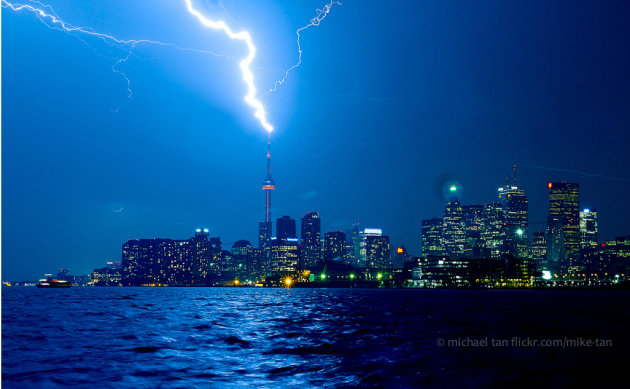
An amazing capture of lightning striking the CN Tower in Toronto, Canada on August 24, 2011.
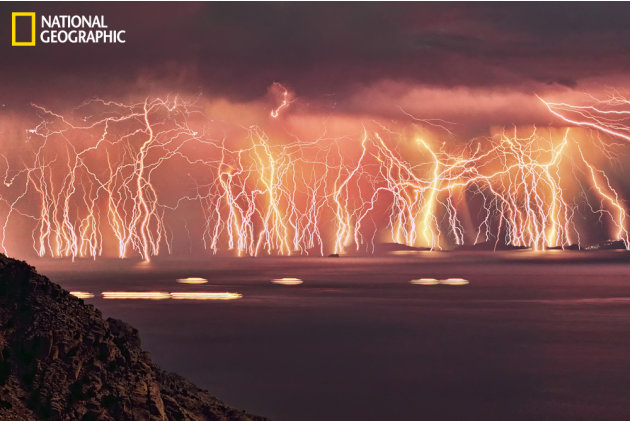
Photographer Chris Kotsiopoulos explains how he captured this beautiful photograph of lightning bolts in Greece: "An image sequence containing 70 lightning shots, taken on Ikaría island, Greece, during a severe thunderstorm that took place June 16, 2011. In order to make the sequence, I set the camera to a tripod taking 20-second shots. After 83 minutes I ended up with this wall of lightning!"
Lighting is scary when it is very near, but it something that makes you wonder how it all works.
Lightning is one of the most beautiful displays in nature. It is also one of the most deadly natural phenomena known to man. With bolt temperatures hotter than the surface of the sun and shockwaves beaming out in all directions, lightning is a lesson in physical science and humility.
Beyond its powerful beauty, lightning presents science with one of its greatest local mysteries: How does it work? It is common knowledge that lightning is generated in electrically charged storm systems, but the method of cloud charging still remains elusive. In this article, we will look at lightning from the inside out so that you can understand this phenomenon.
Evaporation is the process by which a liquid absorbs heat and changes to a vapor. A good example is a puddle of water after a rainfall. Why does the puddle dry up? The water in the puddle absorbs heat from the sun and the environment and escapes as a vapor. "Escape" is a good term to use when discussing evaporation. When the liquid is subjected to heat, its molecules move around faster. Some of the molecules may move quickly enough to break away from the surface of the liquid and carry heat away in the form of a vapor or gas. Once free from the constraints of the liquid, the vapor begins to rise into the atmosphere.
Condensation is the process by which a vapor or gas loses heat and turns into a liquid. Whenever heat is transferred, it moves from a higher temperature to a lower temperature. A refrigeratoruses this concept to cool your food and drinks. It provides a low-temperature environment that absorbs the heat from your beverages and foodstuffs and carries that heat away in what is known as the refrigeration cycle. In this respect, the atmosphere acts like a huge refrigerator to gas and vapors. As the vapors or gases rise, the temperatures in the surrounding air drop lower and lower. Soon, the vapor, which has carried heat away from its "mother" liquid, begins to lose heat to the atmosphere. As it rises to higher altitudes and lower temperatures, eventually enough heat is lost to cause the vapor to condense and return to a liquid state.
Let's now apply these two concepts to the water cycle.
Lightning begins with a process that's less mysterious: the water cycle. To fully understand how the water cycle works, we must first understand the principles of evaporation and condensation.
Water or moisture on the earth absorbs heat from the sun and the surroundings. When enough heat has been absorbed, some of the liquid's molecules may have enough energy to escape from the liquid and begin to rise into the atmosphere as a vapor. As the vapor rises higher and higher, the temperature of the surrounding air becomes lower and lower. Eventually, the vapor loses enough heat to the surrounding air to allow it to turn back into a liquid. Earth's gravitational pull then causes the liquid to "fall" back down to the earth, thereby completing the cycle. It should be noted that if the temperatures in the surrounding air are low enough, the vapor can condense and then freeze into snow or sleet. Once again, gravity will claim the frozen forms and they will return to the earth.
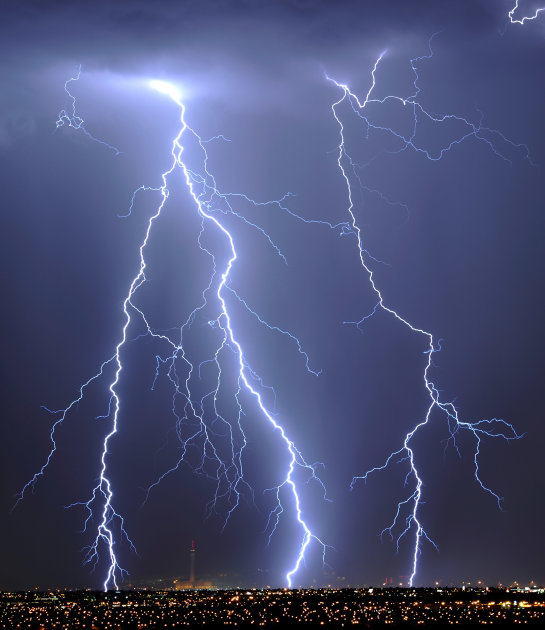
Lightning flashes over the Las Vegas Strip during a thunderstorm early on September 13, 2011 in Las Vegas, Nevada
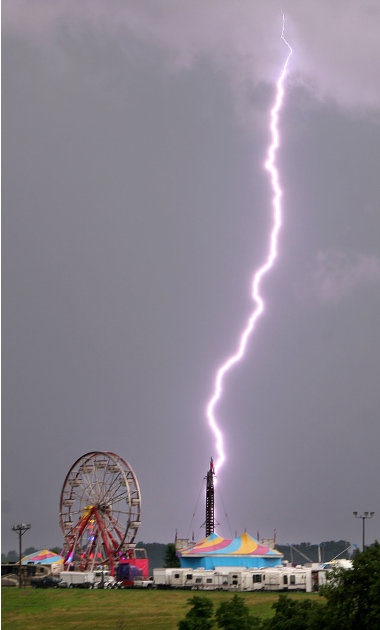
A lightning bolt strikes near the Dubuque County Fair Wednesday night, July 27, 2011 during a storm in Dubuque, Iowa.
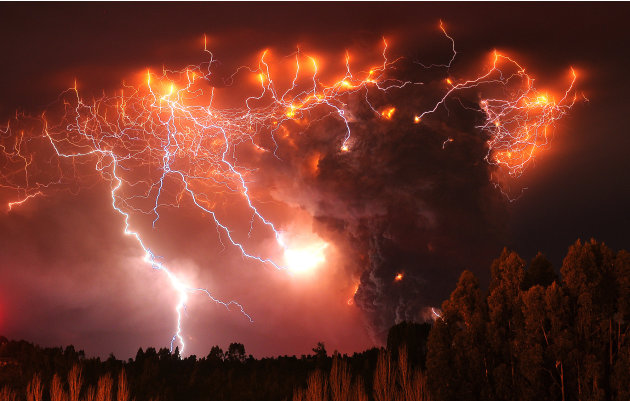
Lightning strikes over the Puyehue volcano, over 500 miles south of Santiago, Chile, June 6, 2011.
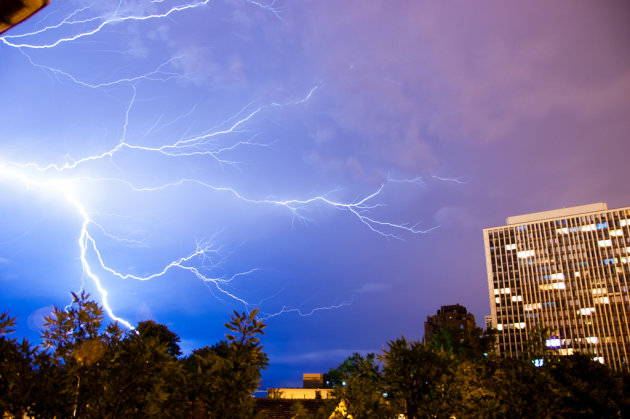
A lightning bolt strikes over South Shore, Illinois.
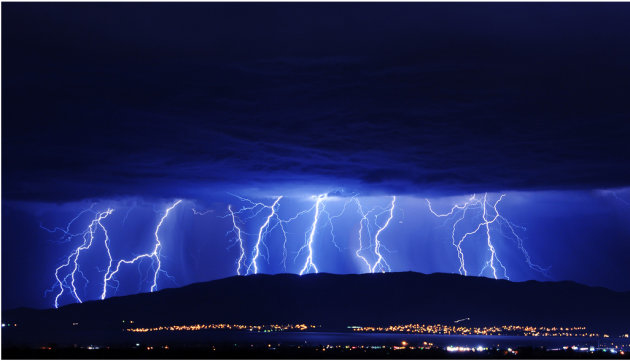
An incredible photo of lightning bolts striking near Lake Mountain, Utah.
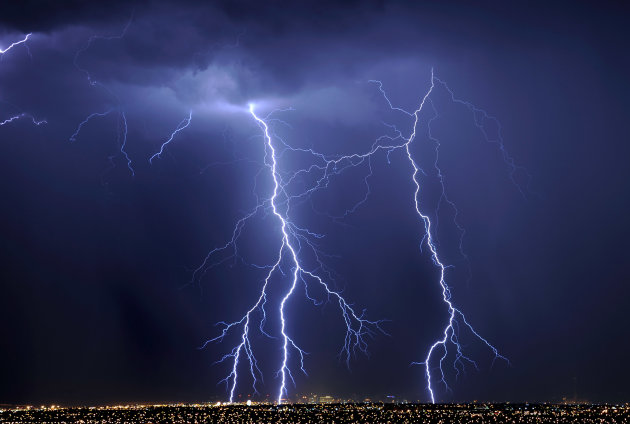
Lightning flashes over downtown Las Vegas in September 2011
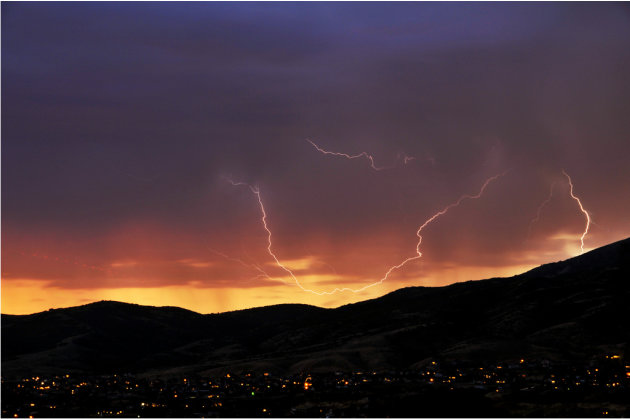
Lightning strikes during sunset over Alpine, Utah

Huge lightning strikes in Camp Verde, Arizona
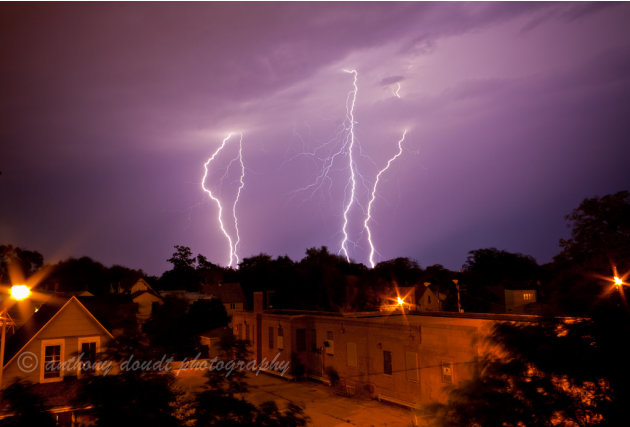
Lightning strikes over Summerdale, Illinois
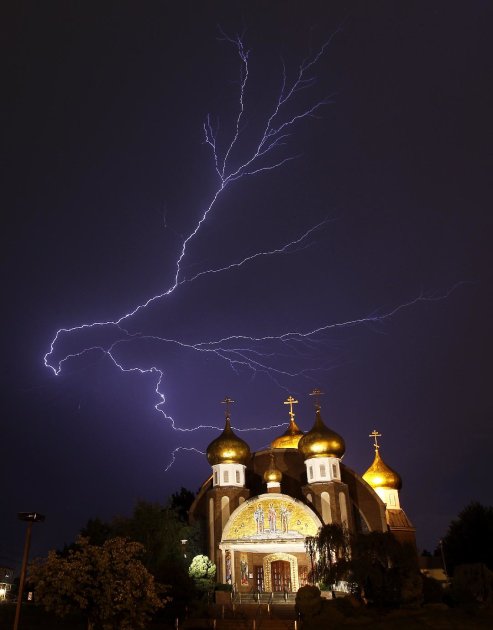
Lightning spreads across the sky over the Russian Orthodox Church of Three Saints in Garfield, N.J., during a storm on Thursday, Aug. 18, 2011
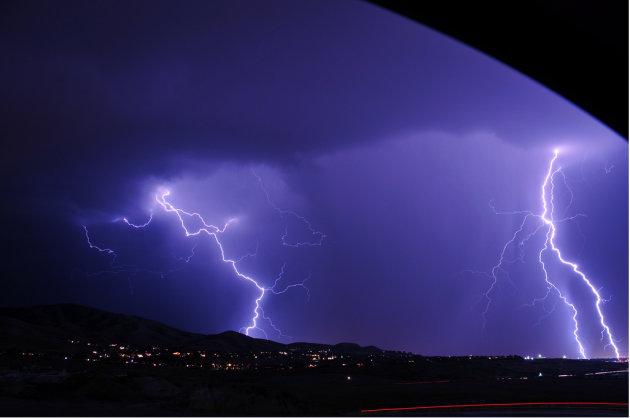
Stunning lightning strikes in Lehi, Utah.
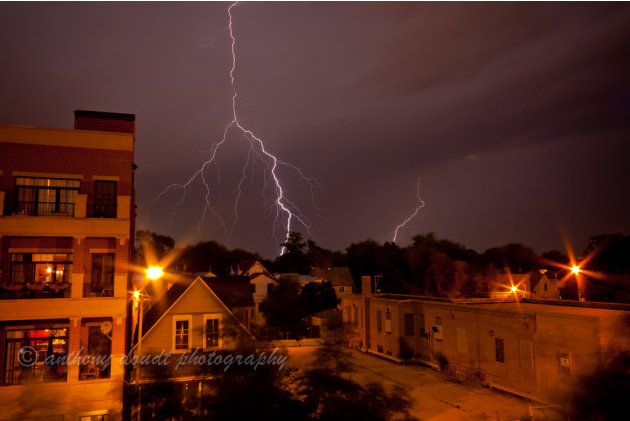
Lightning bolts during a storm in Summerdale, Chicago, IL
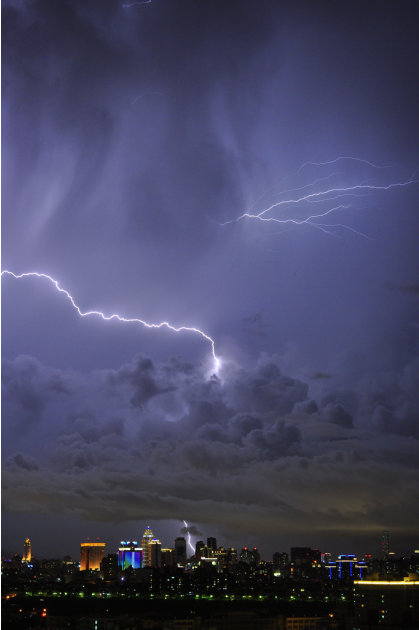
A dramatic photograph of lightning over Taipei, Taiwan
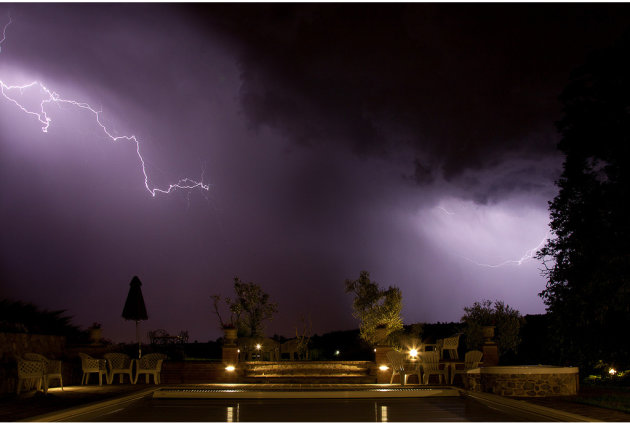
A dramatic lightning strike in Monleale, Piedmont, Italy

Lightning strikes over a church tower during a thunderstorm in Zurich, August 18, 2011.
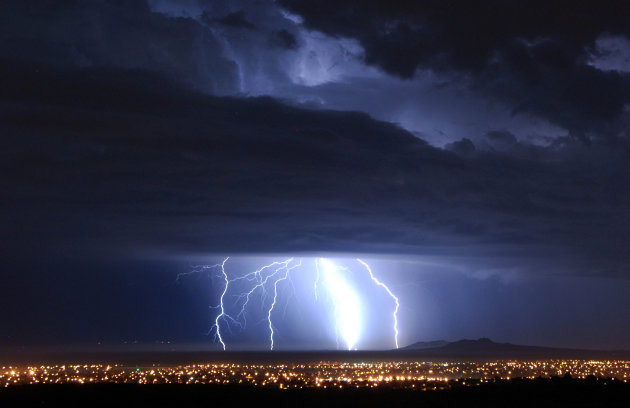
Lightning strikes over Palmdale, Calif., early Tuesday Oct. 19, 2010 as a low pressure system brings unsettled wet weather to Southern California

Lightning strikes behind the Mandalay Bay (L) and the Luxor hotel casinos as a thunderstorm passes through Las Vegas, Nevada early in the morning of September 11, 2011
JUST AMAZING!!!!!!
No comments:
Post a Comment